Kim Whanki, ‘the father of abstraction in Korea’, is celebrated at Frieze Seoul
Kim Whanki’s work has its moment at Frieze Seoul 2023, where it is reimagined for the digital age
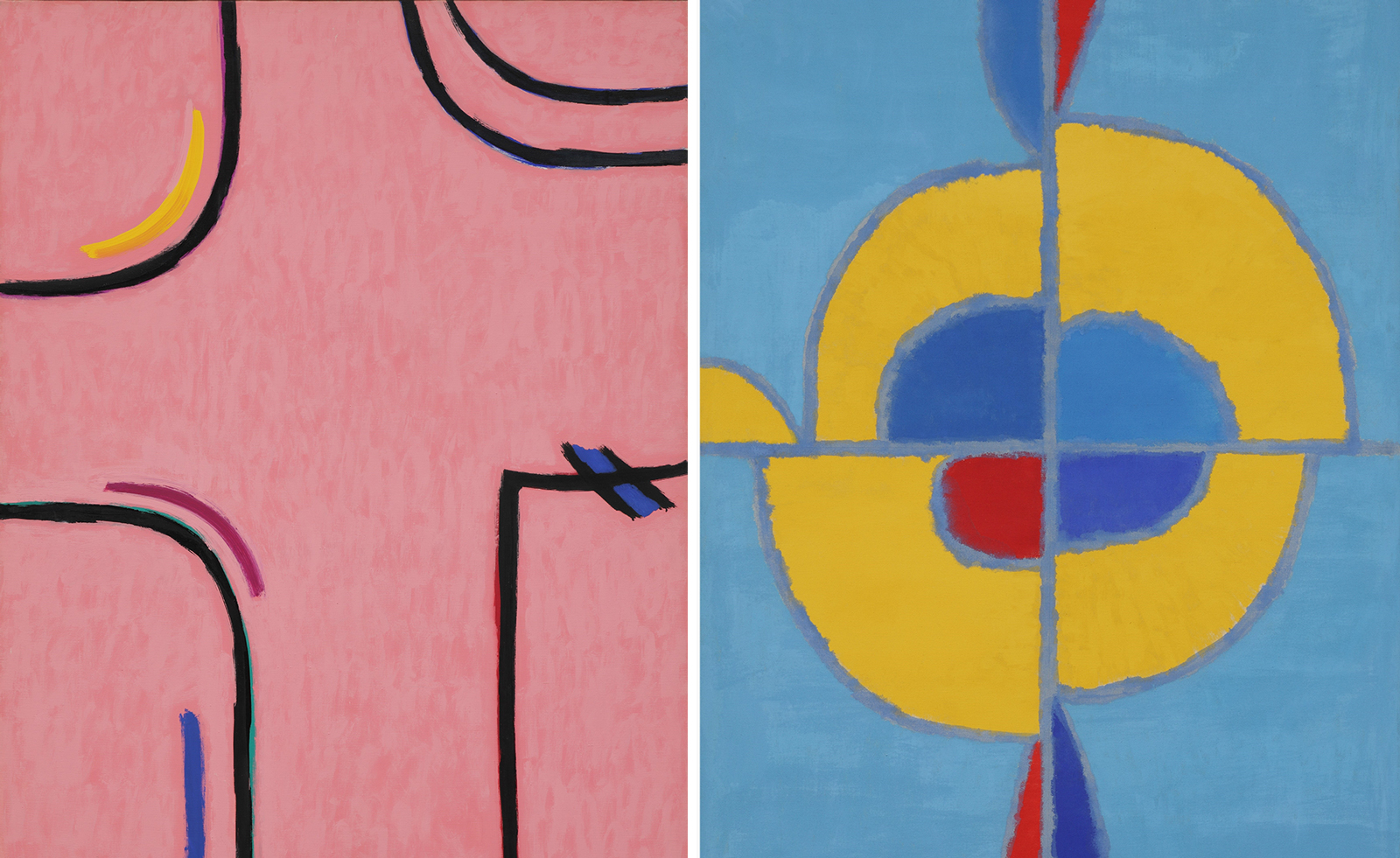
Kim Whanki – the late pioneer of Korean abstraction – wanted to be an artist so badly that he boarded a ship from Korea to Japan in 1933 at age 20 so that he could learn the craft at the College of Arts at Nihon University, which he attended from 1933 to 1936. Kim’s ambition brought him to Paris in the 1950s, before he moved to New York in 1963, where he passed away in 1974 at 61 years old.
The career gamble paid off; Kim’s painting 05-IV-71 #200 (Universe) became the most expensive painting by a Korean artist when it sold for 88 million Hong Kong dollars ($11 million) at Christie’s Hong Kong in 2019. There’s also a museum in Seoul dedicated to the artist. Even RM, one of the members of BTS, Korea’s biggest K-pop group, is a fan; he paid tribute to the artist in an Instagram post.
The artist’s oeuvre depicts an abstraction that was revolutionary at the time. He carefully painted series of dots to form thoughtful, large-scale, abstract compositions, full of colour and form. But despite all the buzz about Kim’s work in Asia, he has only just been afforded a global platform – at Frieze Seoul 2023.
Kim Whanki’s art reimagined for the digital age
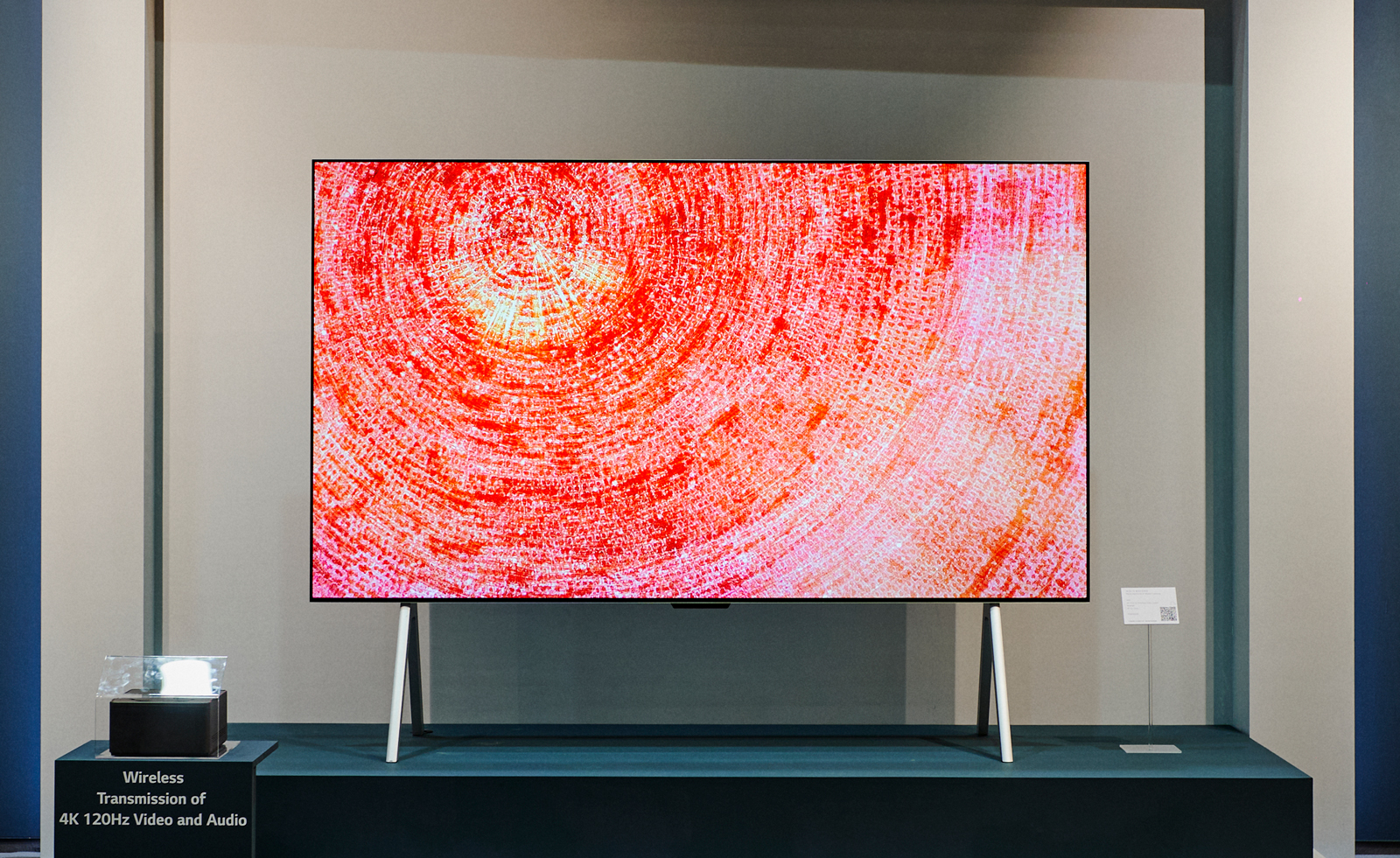
14-III-72 #223 (1972), digital expression of Kim Whanki's painting by Verseday
Korean art is certainly having a moment in the global spotlight, and the work of Kim Whanki has received an audience of curators, gallerists, collectors, artists, and more from September 6 to 9 at the second edition of Frieze Seoul, thanks to LG OLED, the event’s lead sponsor, whose television pixels emit their own light.
‘Kim Whanki is the father of abstraction in Korea,’ said Kate Oh, the vice president of home entertainment marketing at LG. ‘He’s the beginning. I wanted to introduce his great works to the world.’
The exhibition, nestled between Hall C and Hall D at Coex, gives Frieze Seoul visitors the opportunity to see a dozen of the artist’s original paintings from his time in Paris and the pointillist works that he created during his final decade in New York. Kim will also have his works presented in digital form through the LG OLED, allowing viewers to see the work in a new, vibrant light. ‘The old generation, they know about it, but the young generation don't,’ said Oh. ‘So I just want to introduce [it] the way young people like, so that's one of the best ways to show the beautiful words to the young generation.’
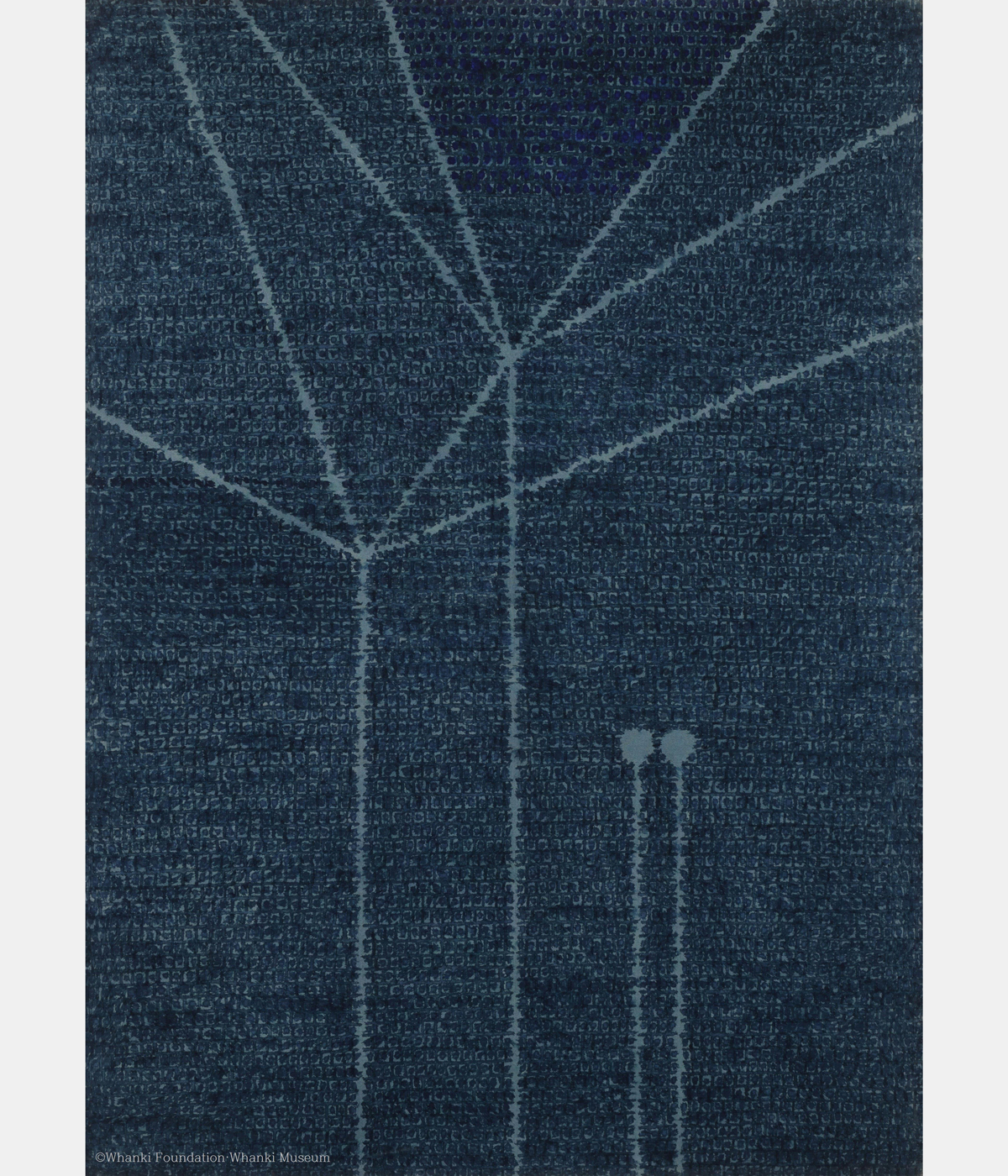
Duet 22-IV-74 #331, 1974, oil on cotton
LG OLED partnered with Je Baak, an associate professor and chair of the department of sculpture at the College of Fine Arts at Seoul National University and creative director of Verseday, who worked with a collective of artists that also included Jason Kim; Mano Ahn, creative director and CEO of Ahn Graphics; and Daehwan Kim, CEO of Besign.
Receive our daily digest of inspiration, escapism and design stories from around the world direct to your inbox.
The digital versions of Kim’s works range from a reinterpretation of a 1972 painting consisting of a series of red-hued dots that form a circle. Verseday created approximately 30 to 40 layers to make the reimagination sparkle on the LG OLED screen. For a pink work accented with curved lines, Verseday envisioned every stroke as if the artist himself was painting, and the piece runs for approximately an hour before viewers see the final version. Jason Kim took 7-VII-74, Kim Whanki’s final painting from 1974, and pixelated it to make the black-and-white work dance as each pixel moves about on the screen.
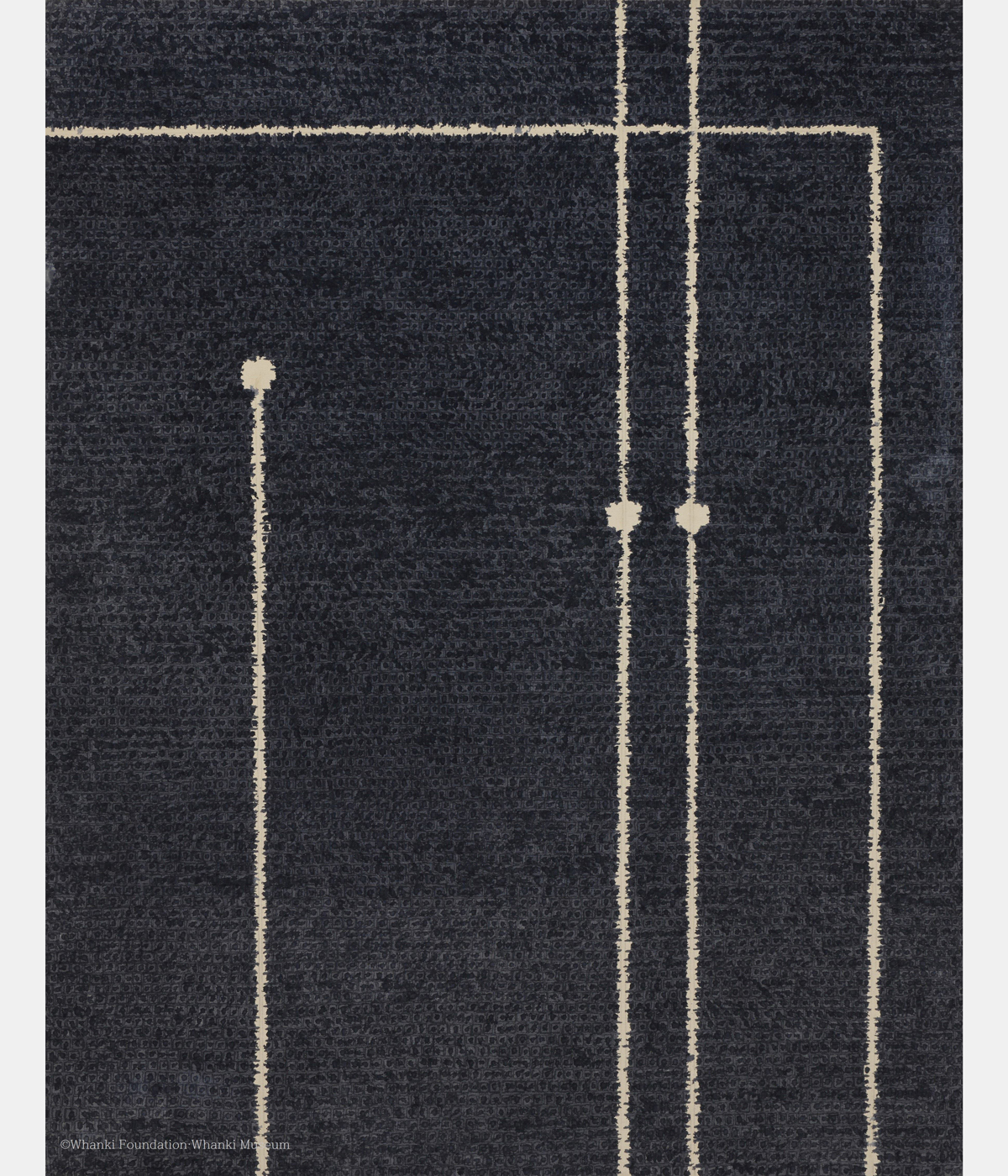
7-VII-74, 1974, oil on cotton
‘One artist generated art tools so he made all the pieces [come to life],’ said Je. ‘Another artist showed a very concept-heavy approach. It takes one hour to show all the painting, but you can feel all the tension of all the strokes, and the practice Kim Whanki made. And then Ahn has a very graphic design-style approach. He made a grid and moved elements.’
The LG OLED team worked closely with the Whanki Foundation to ensure that the new digitally enhanced works stayed true to the integrity of the late artist’s work. ‘There was a continued discussion and alignment with the foundation; there were several rounds of discussion based on the concept, how we can express that, what we want to keep, what are we open to – a continuous conversation,’ explained Oh. ‘They were imagining it was like a conversation, as if we were talking, and imagining how he would answer their questions,’ added Je.
Kim Whanki paved the way for the Dansaekhwa movement, a loosely related group of artists who include Park Seo-Bo, Ha Chong Hyun, and Lee Ufan. In New York, he found himself surrounded by artists who would go on to become big names: Nam June Paik, Mark Rothko, and Barnett Newman. LG OLED would like its efforts to bring Kim Whanki to a global stage beyond Frieze Seoul. ‘I have a duty to let the people know about the origin of Korean art,’ said Oh. ‘It started from Whanki. Every Korean knows about him, but globally, not many people know about [his] work. If he lived a little bit longer he [could have] changed the art in Seoul.’
20 years of Frieze will be marked at Frieze London 2023 in October
Ann Binlot is a Brooklyn-based freelance writer who covers art, fashion, design, architecture, food, and travel for publications like Wallpaper*, the Wall Street Journal, and Monocle. She is also editor-at-large at Document Journal and Family Style magazines.
-
 Step inside this perfectly pitched stone cottage in the Scottish Highlands
Step inside this perfectly pitched stone cottage in the Scottish HighlandsA stone cottage transformed by award-winning Glasgow-based practice Loader Monteith reimagines an old dwelling near Inverness into a cosy contemporary home
-
 Year in Review: we’re always after innovations that interest us – here are ten of 2025’s best
Year in Review: we’re always after innovations that interest us – here are ten of 2025’s bestWe present ten pieces of tech that broke the mould in some way, from fresh takes on guitar design, new uses for old equipment and the world’s most retro smartwatch
-
 Art and culture editor Hannah Silver's top ten interviews of 2025
Art and culture editor Hannah Silver's top ten interviews of 2025Glitching, coding and painting: 2025 has been a bumper year for art and culture. Here, Art and culture editor Hannah Silver selects her favourite moments
-
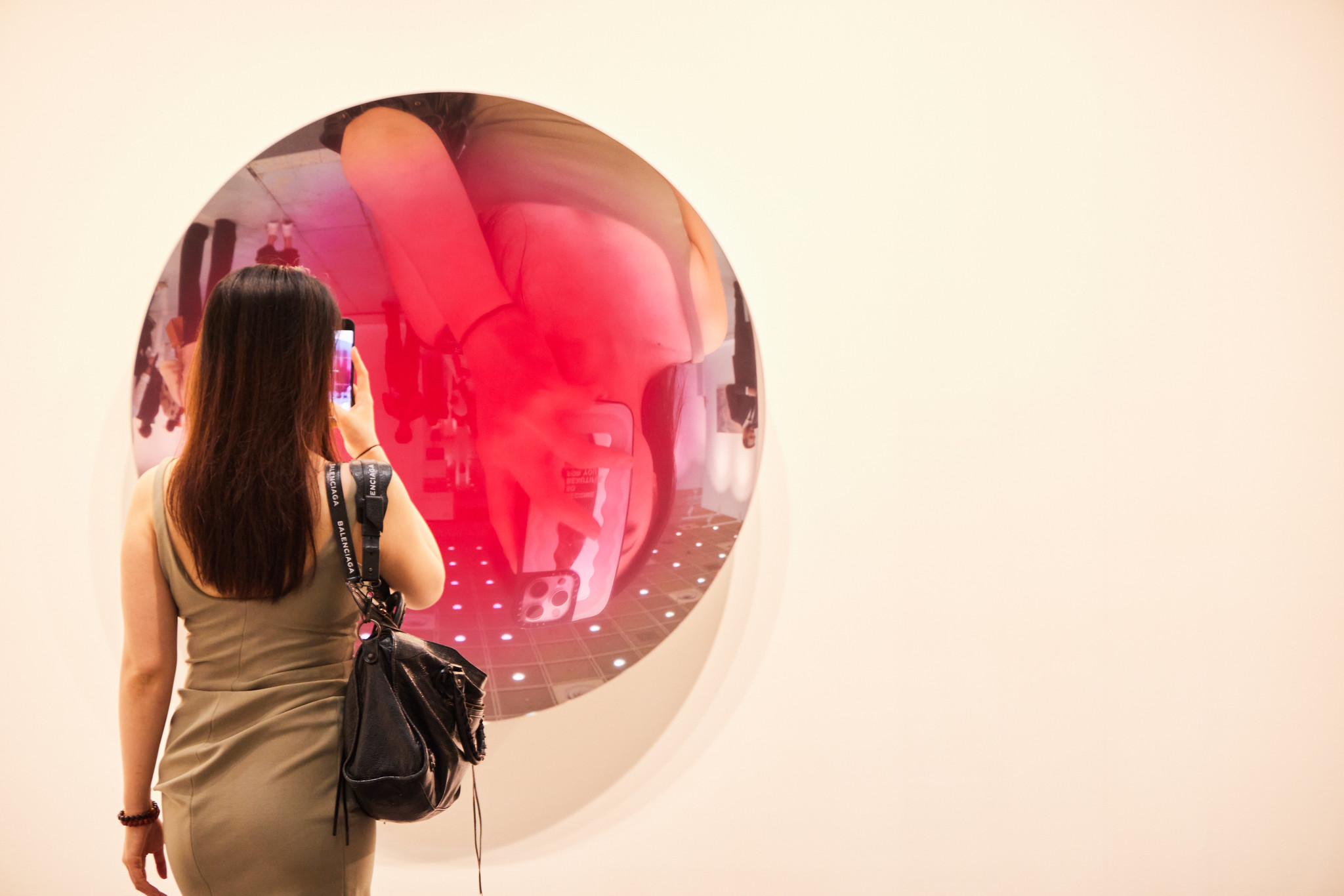 What to see at Frieze Seoul 2025
What to see at Frieze Seoul 2025Don't miss this mix of contemporary and established artists at Frieze Seoul, 3-6 September; here’s our guide to the fair and what's on around the city
-
 Paris Ballet etoiles Hugo Marchand and Hannah O’Neill to perform at Paradise Art Night during Frieze Seoul 2025
Paris Ballet etoiles Hugo Marchand and Hannah O’Neill to perform at Paradise Art Night during Frieze Seoul 2025A dazzling fusion of dance and contemporary culture awaits as Paris Opera Ballet étoiles join forces with Paradise Art Night during Seoul’s biggest art week.
-
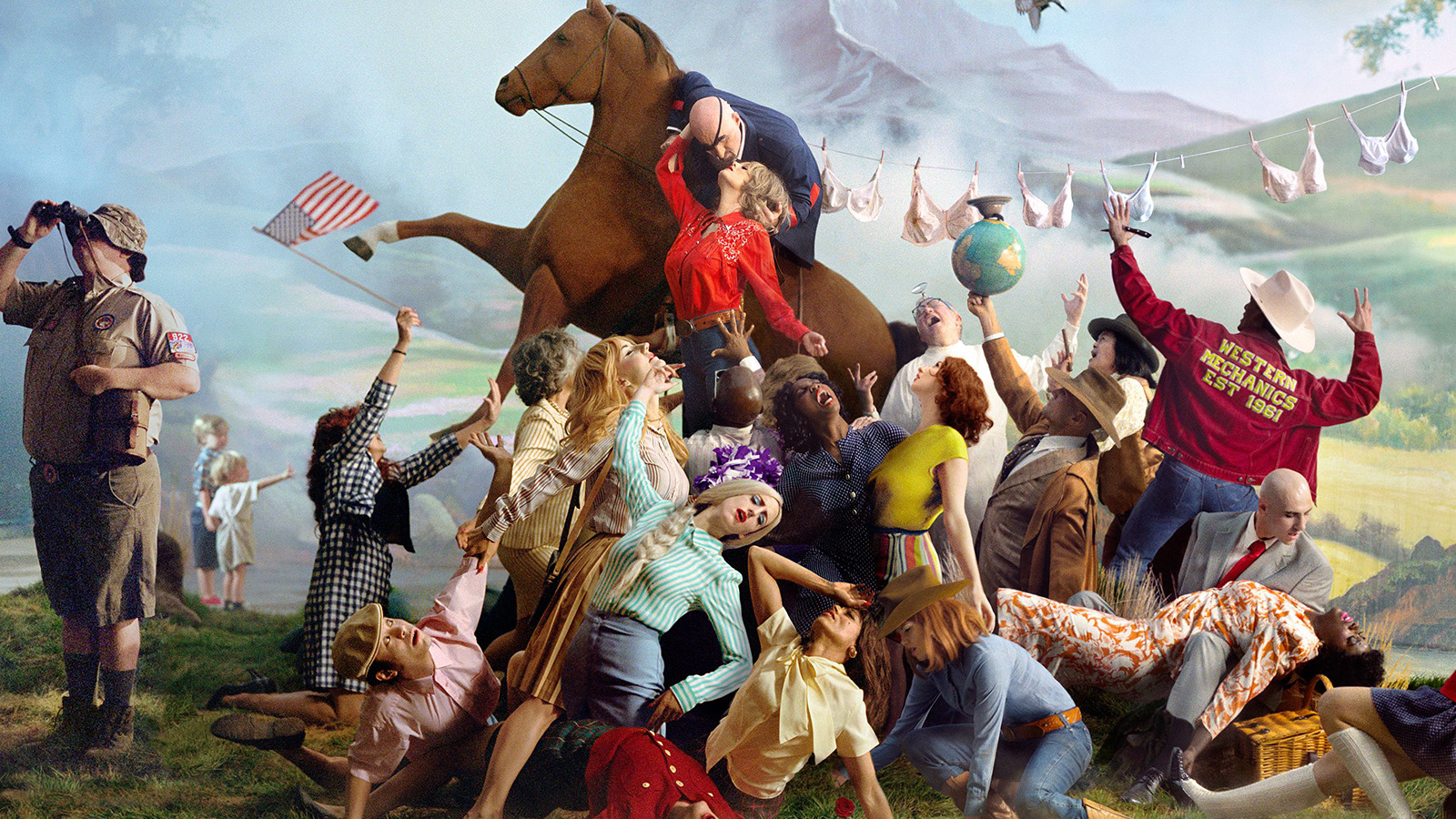 ‘Humanity is always the centre of my practice': Alex Prager's new work blurs the line between reality and fiction
‘Humanity is always the centre of my practice': Alex Prager's new work blurs the line between reality and fictionAlex Prager speaks to Wallpaper* about her new body of work, 'Western Mechanics', which opened at Lehmann Maupin in Seoul
-
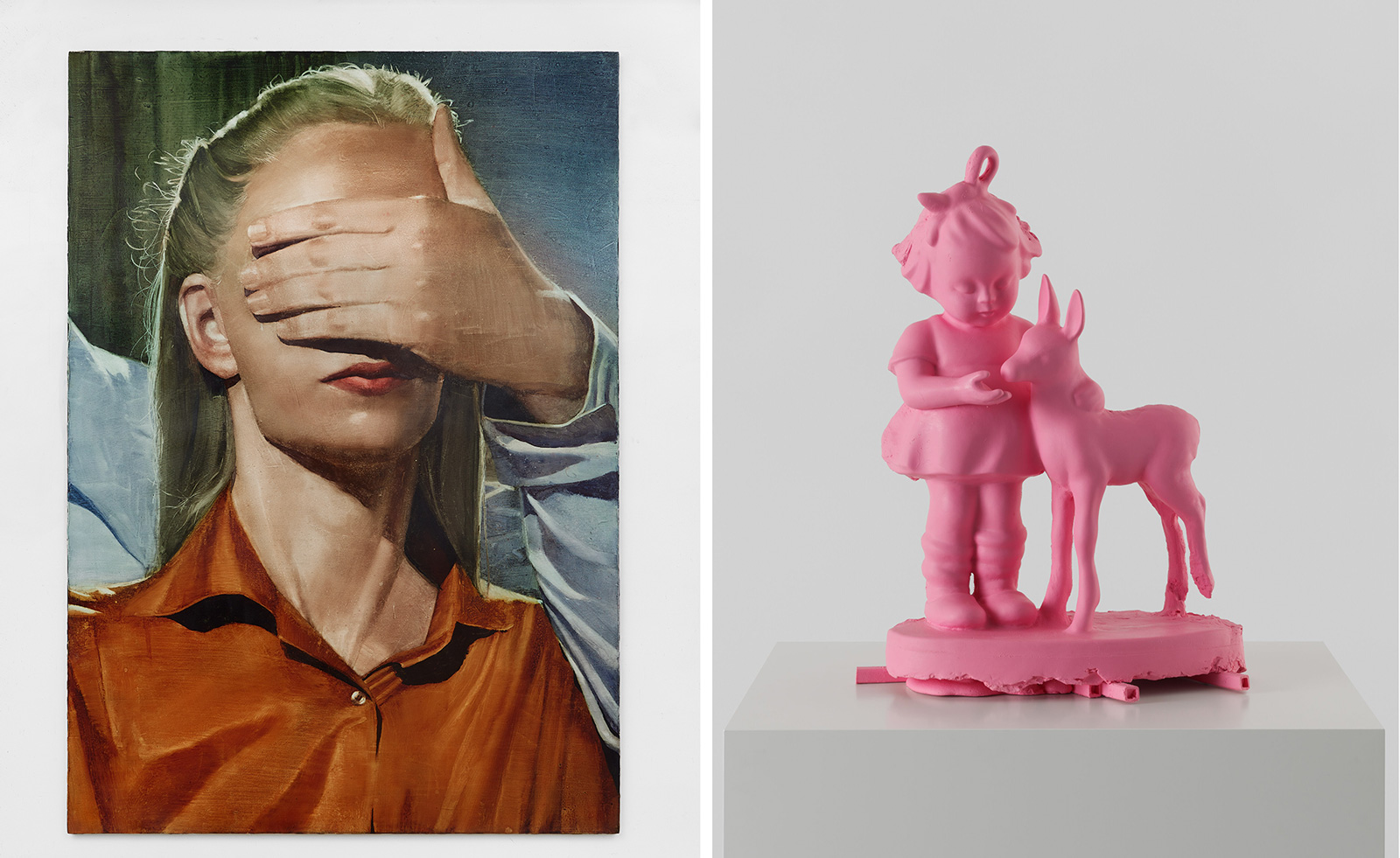 Frieze Seoul 2023: everything you need to know
Frieze Seoul 2023: everything you need to knowFrieze Seoul 2023 focuses on Asian galleries as it opens its doors for the second time in COEX, Gangnam
-
 Frieze Seoul 2022: all you need to know about the inaugural fair
Frieze Seoul 2022: all you need to know about the inaugural fairSuhYoung Yun reports on a dynamic, emotional opening day of Frieze Seoul, and speaks to key figures about what the fair means for Korea’s wider cultural scene, both locally and internationally
-
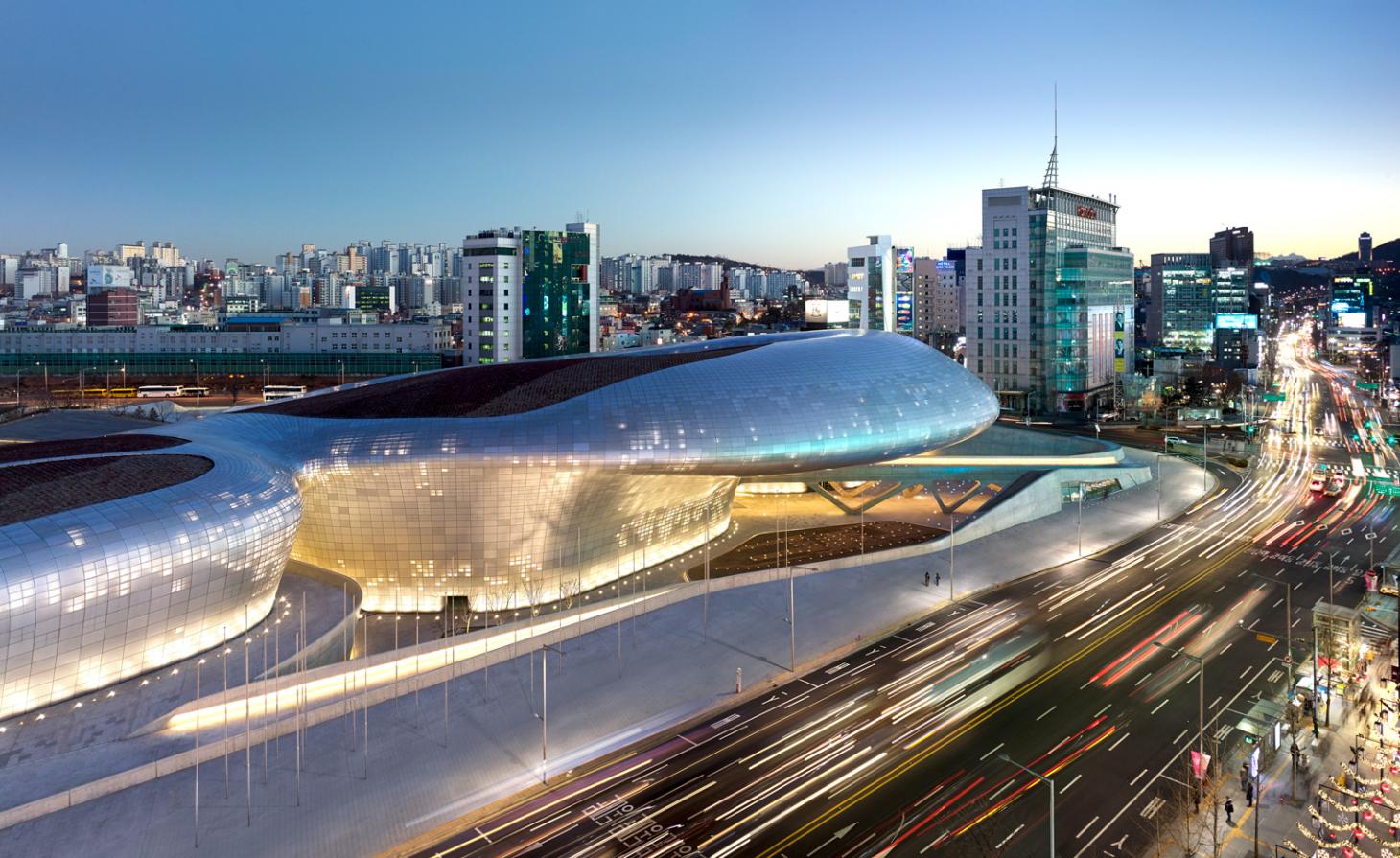 Seoul tour: a culture trip through the South Korean capital
Seoul tour: a culture trip through the South Korean capitalWith new galleries and bustling bars, all eyes are on the South Korean capital. Our ‘Postcard from Seoul’ guided tour explores the cultural must-sees of the moment
-
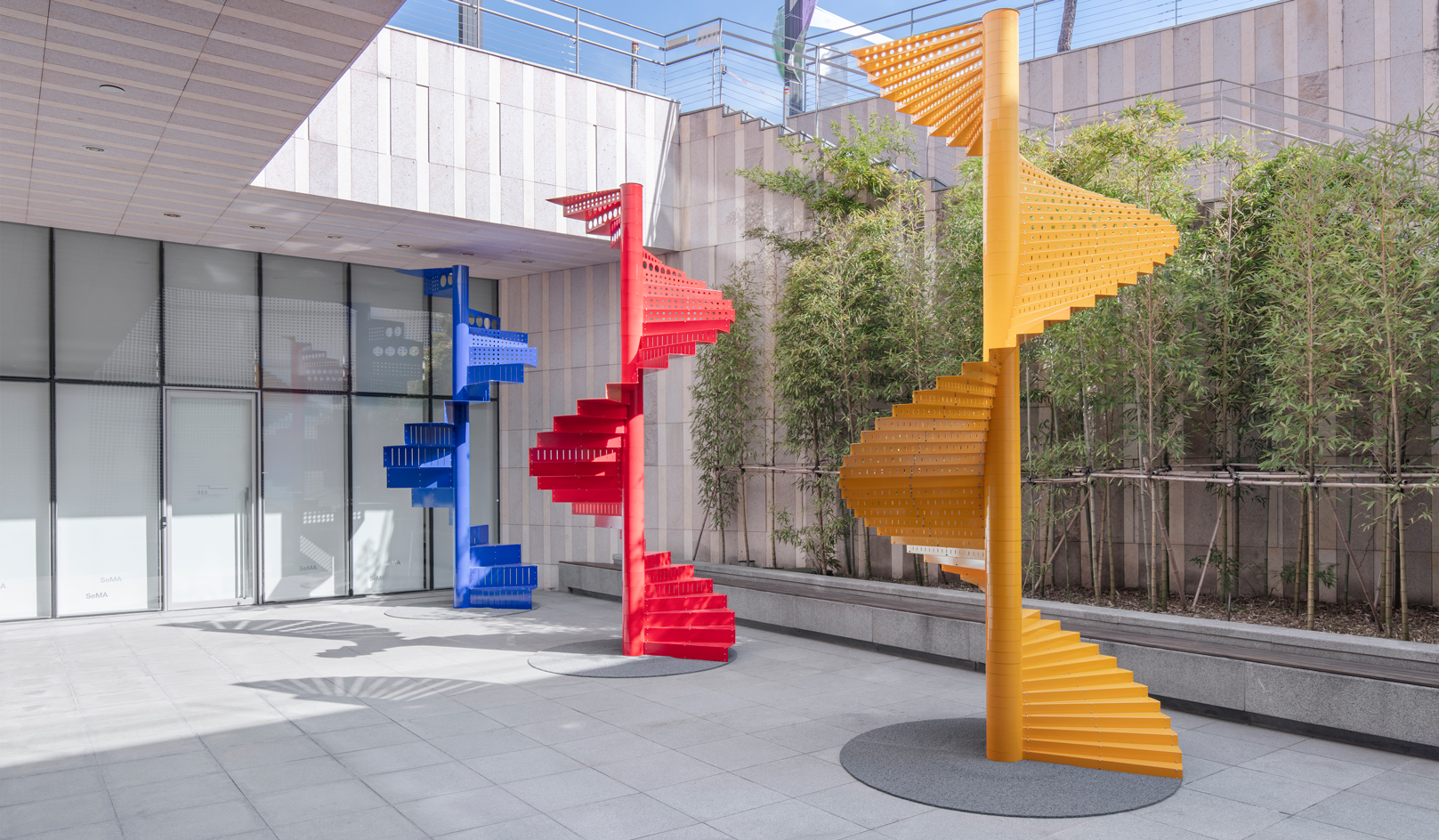 Inside Na Kim's vibrant playground for all ages
Inside Na Kim's vibrant playground for all agesSouth Korean graphic designer Na Kim's ‘Bottomless Bag’, installed at Buk-Seoul Museum of Art, is a vivid, geometrical exploration of memory and everyday objects. We offer a virtual tour and find out how the concept came to be
-
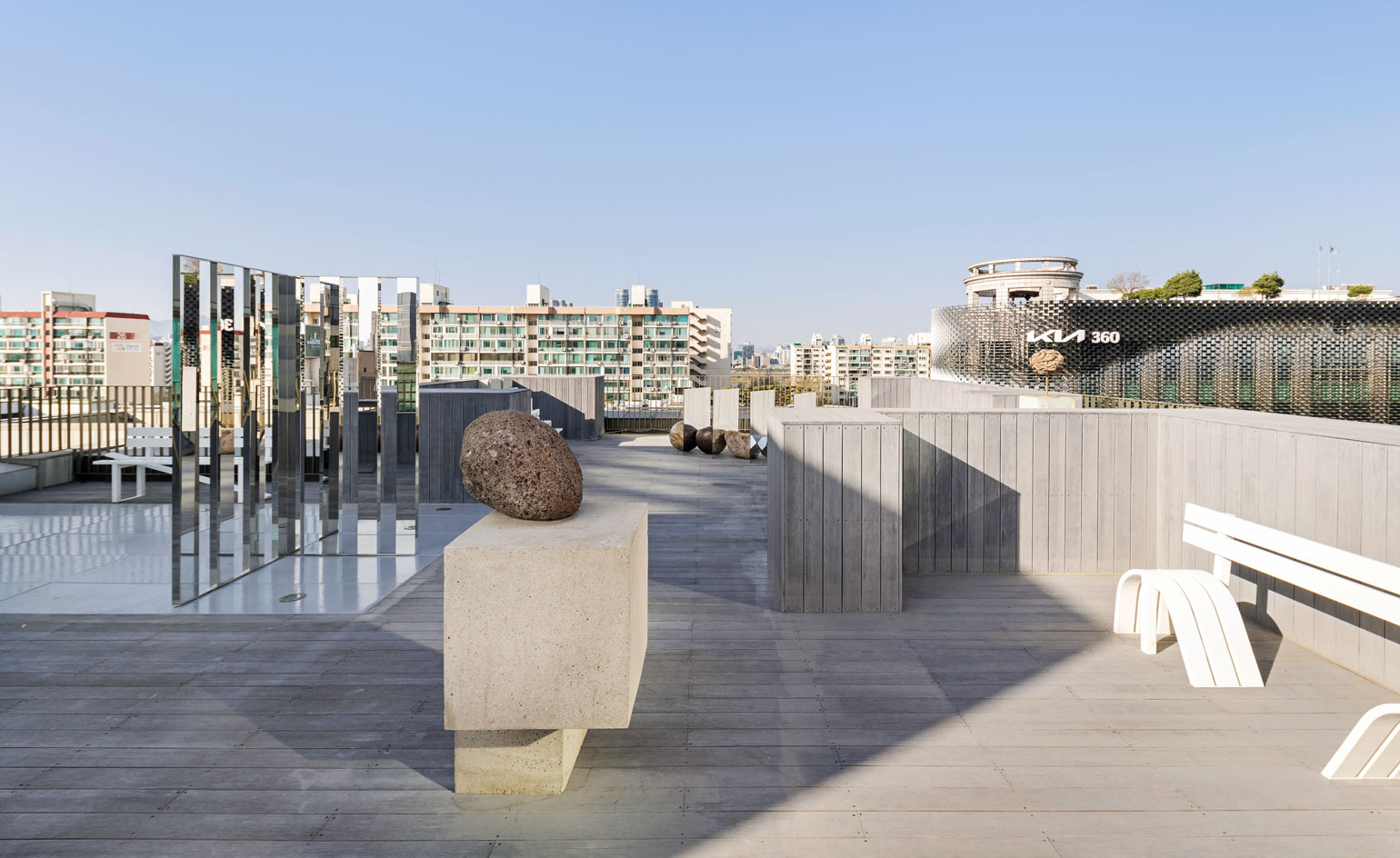 Art and Seoul: global galleries are flocking to Korea’s capital
Art and Seoul: global galleries are flocking to Korea’s capitalIn recent years, Seoul has become a creative magnet for global galleries and art fairs, but why? SuhYoung Yun speaks to those at the heart of the art boom in South Korea’s capital